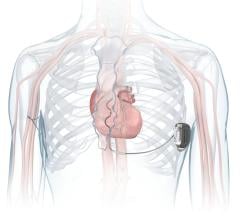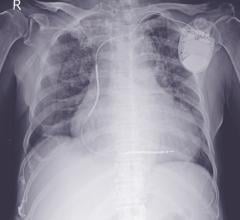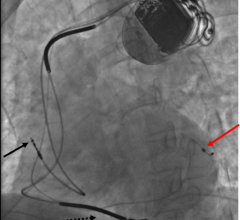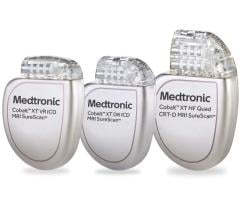November 12, 2008 - Wireless cardiac device remote monitoring company BIOTRONIK said data presented at the American Heart Association (AHA) 2008 Scientific Sessions shows remote monitoring of its implantable cardioverter defibrillators (ICD) is a safe and effective alternative to conventional in-office follow-up care, which helps reduce the burden on capacity-constrained cardiac centers.
Developed by a steering committee of U.S. electrophysiologists and enrolling 1,443 patients in 105 North American sites, TRUST (Lumos-T Safely Reduces Routine Office Device Follow Up) is the first and largest study to test remote monitoring and fewer scheduled office visits in a prospective, randomized trial. The study used BIOTRONIK Home Monitoring, an automatic, wireless system that does not require patient activation. It performs daily telemetric surveillance of the patient and the technical status of the implanted device.
"The data demonstrates that the BIOTRONIK Home Monitoring system safely reduces the need for conventional in-office visits, while improving follow-up adherence, and enables earlier evaluation of clinically relevant cardiovascular events," said Niraj Varma, M.D., TRUST principal investigator, Cleveland Clinic. "Based on the results from this large-scale clinical trial, I believe remote monitoring may improve the way physicians care for patients with implanted cardiac devices."
In comparison with the control group of patients enrolled in conventional in-office follow up, clinical trial data from TRUST show that remote monitoring reduces the number of in-office follow-up visits, while maintaining patient safety, leads to earlier detection of arrhythmic events, and drives efficient use of clinic time.
Eighty-nine percent of remote monitoring alerts were managed remotely and required no follow-up office visit. About 30 percent of unscheduled office visits among patients in both the control and study groups required physician interaction and were considered "actionable." However, unscheduled office visits that were triggered by the remote monitoring system nearly doubled the rate of treatment; more than 51 percent led to some action by the clinician, making better use of clinic time.
"The study results show that remote monitoring facilitates follow-up care and, very importantly, enhances patient safety, which can provide patients with additional security," said Andrew Epstein, M.D., TRUST principal investigator and professor of medicine in the division of cardiovascular disease at the University of Alabama at Birmingham.
"Decreasing the number of non-actionable, scheduled and unscheduled office visits through remote monitoring will ease the pressure of overloaded follow-up cardiac clinics. This will permit physicians to focus on patients who actually require intervention," said Charles Love, M.D., TRUST principal investigator and director of arrhythmia device services and associate investigator, Dorothy M. Davis Heart & Lung Research Institute at The Ohio State University Medical Center.
For more information: www.biotronik.com

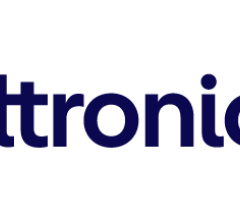
 September 05, 2024
September 05, 2024 

